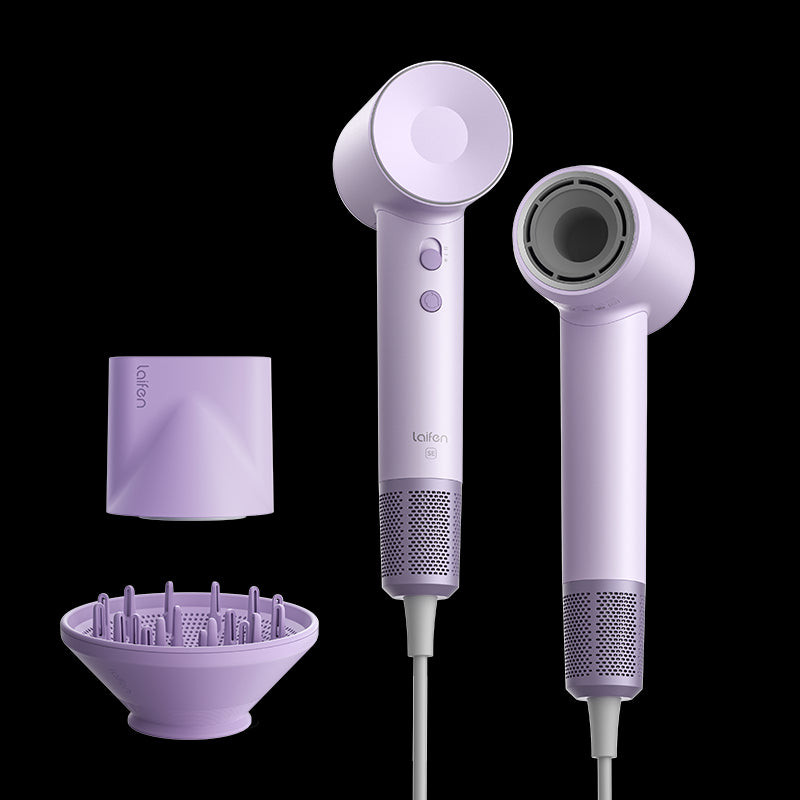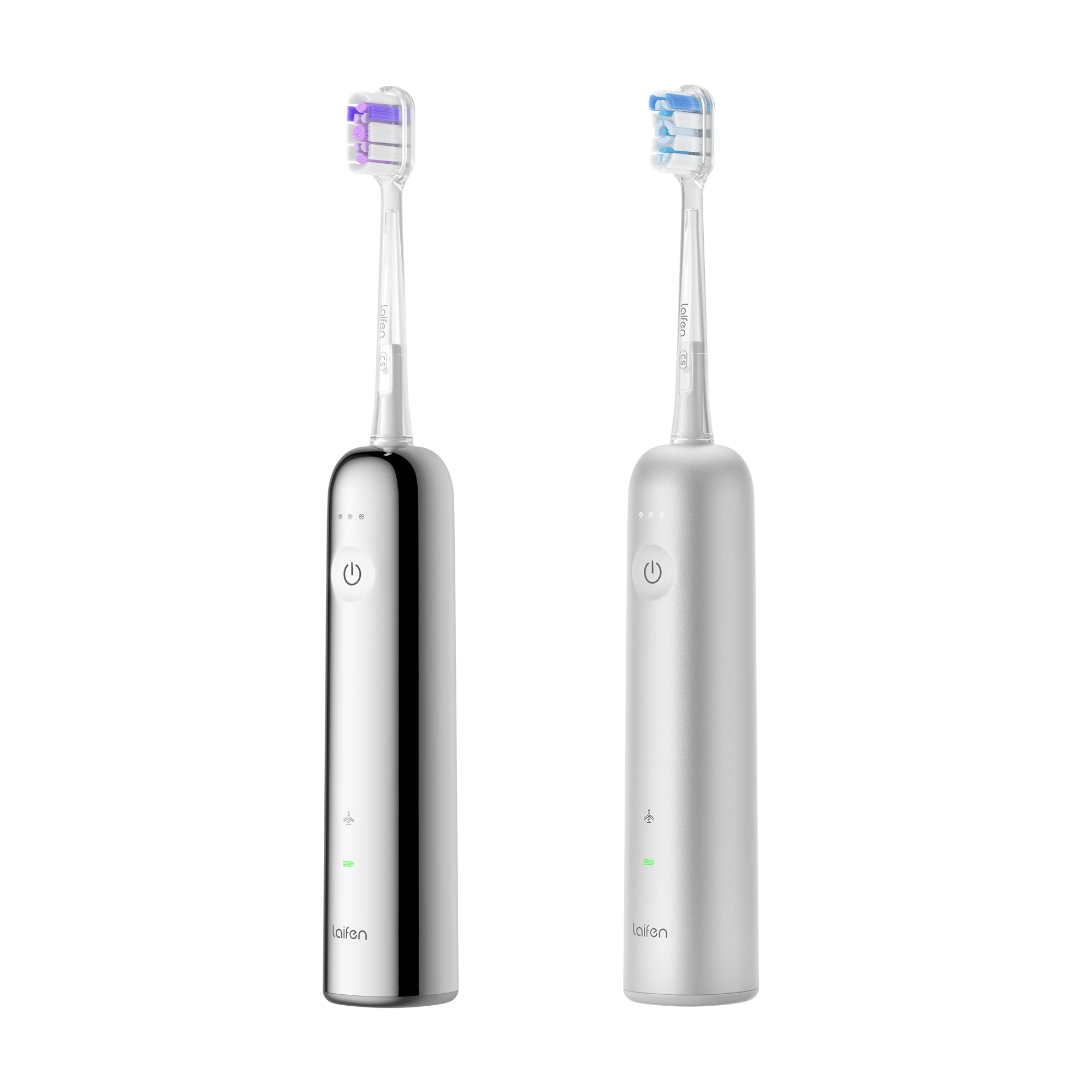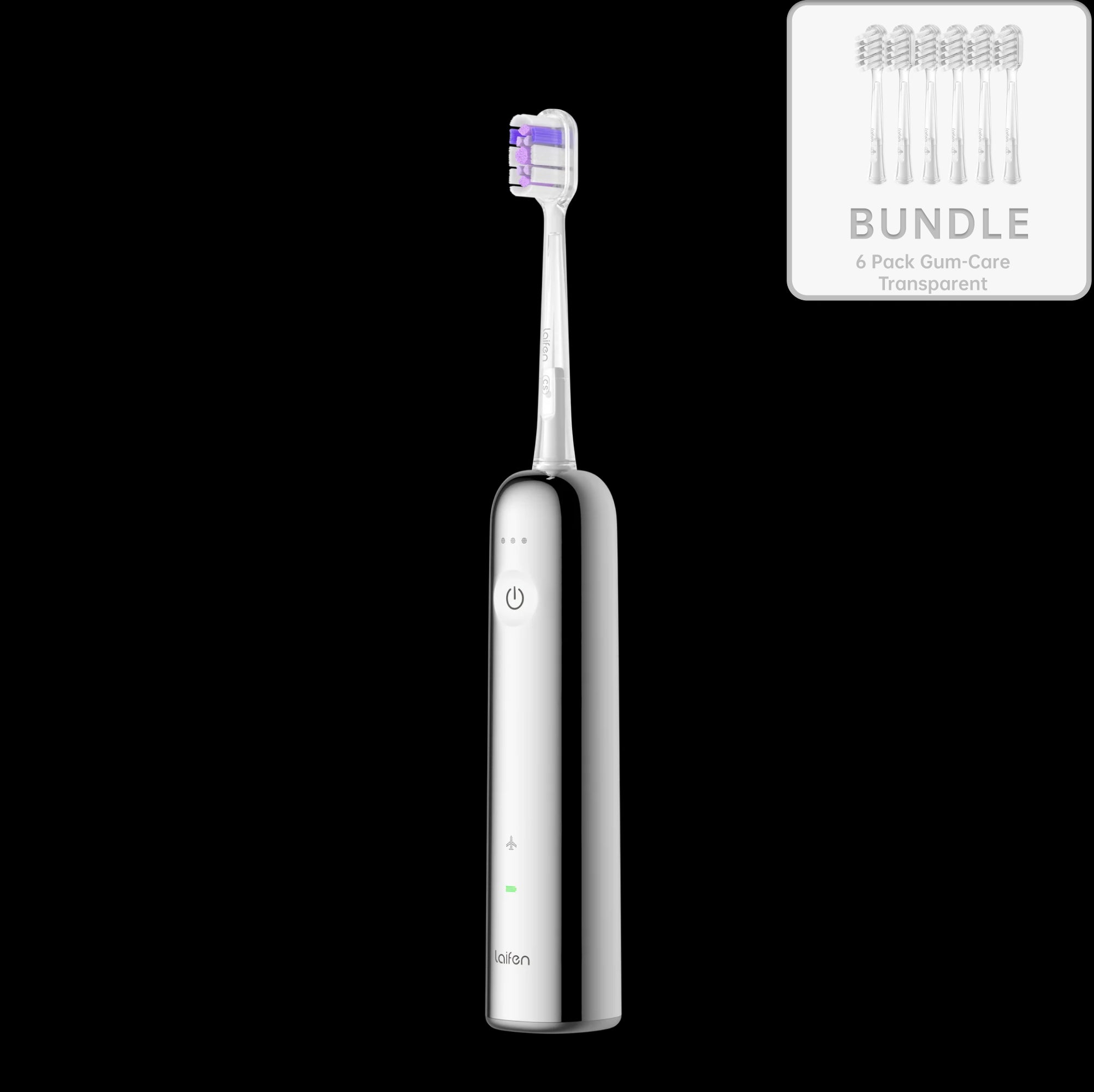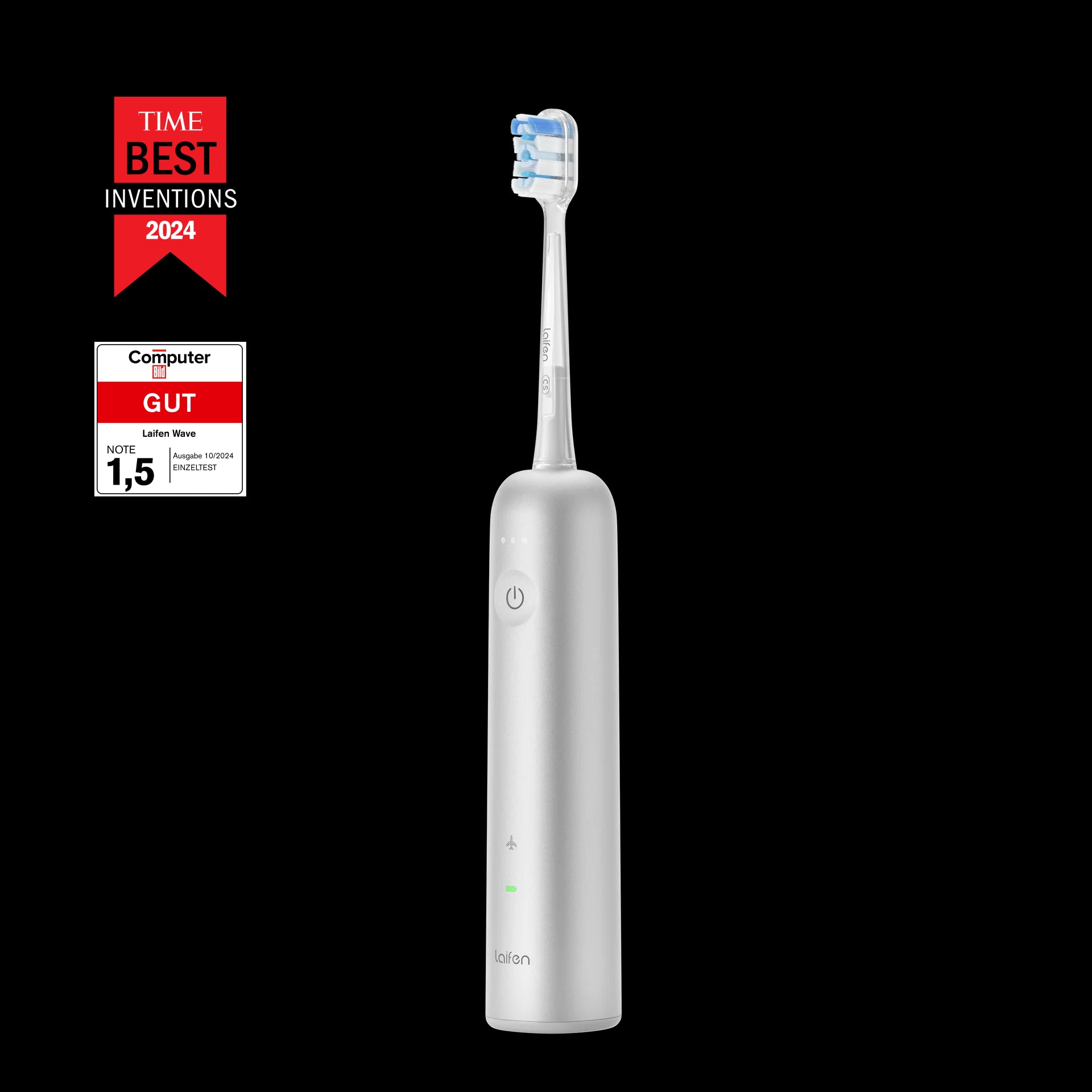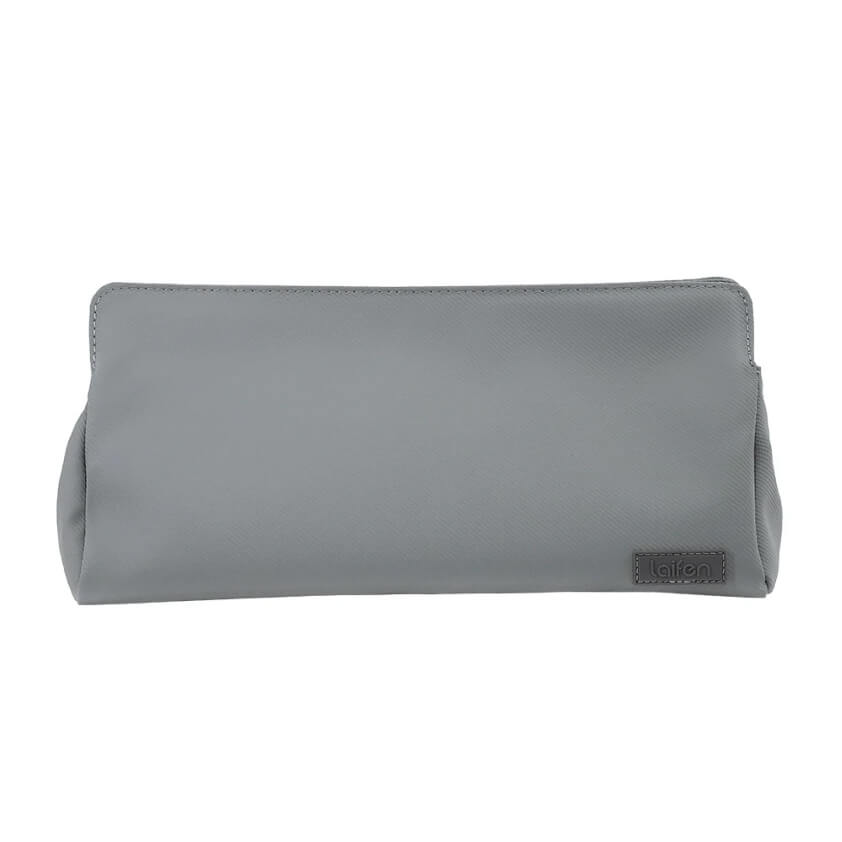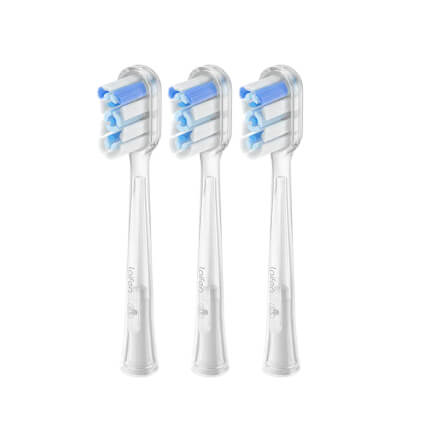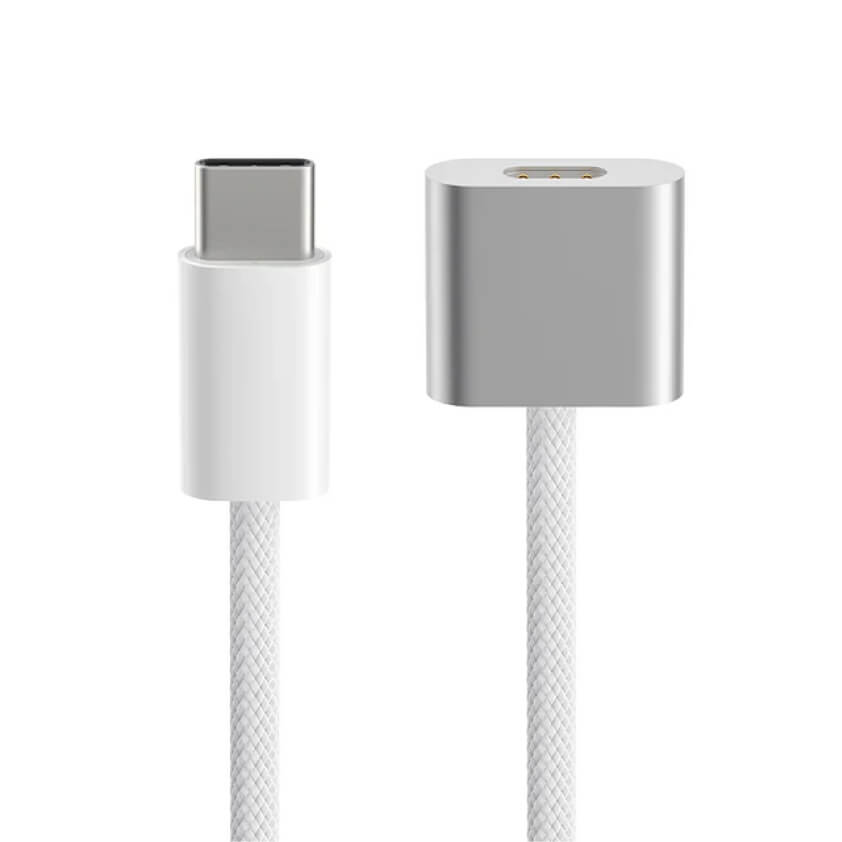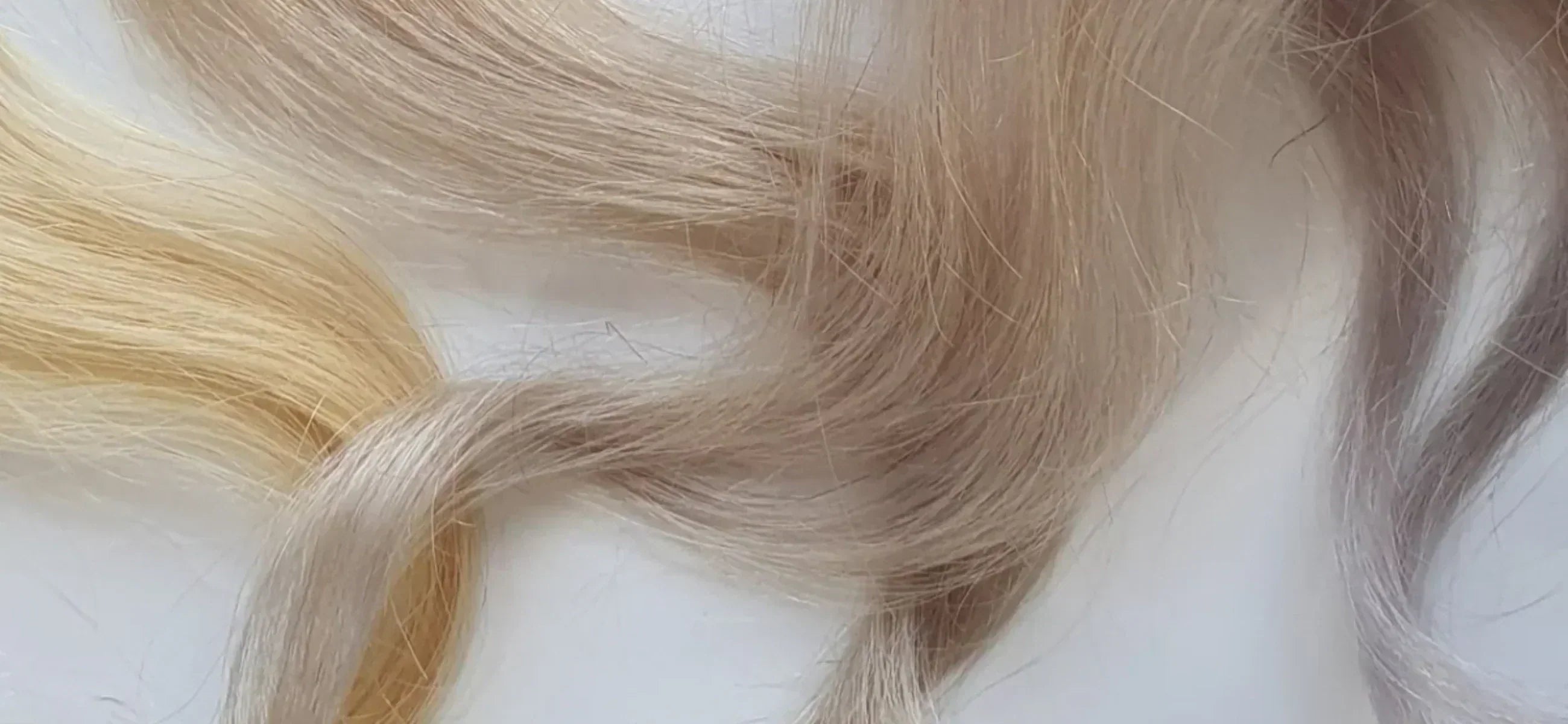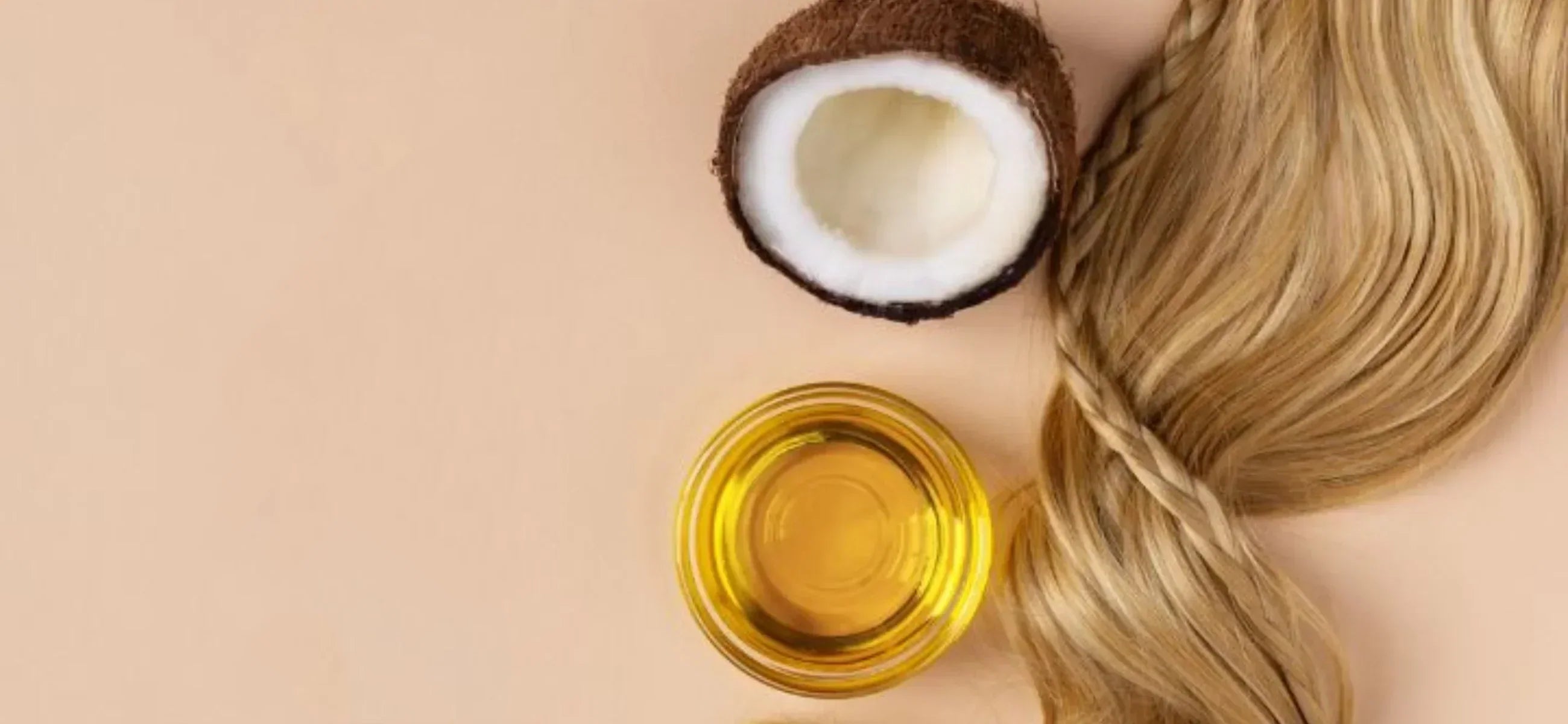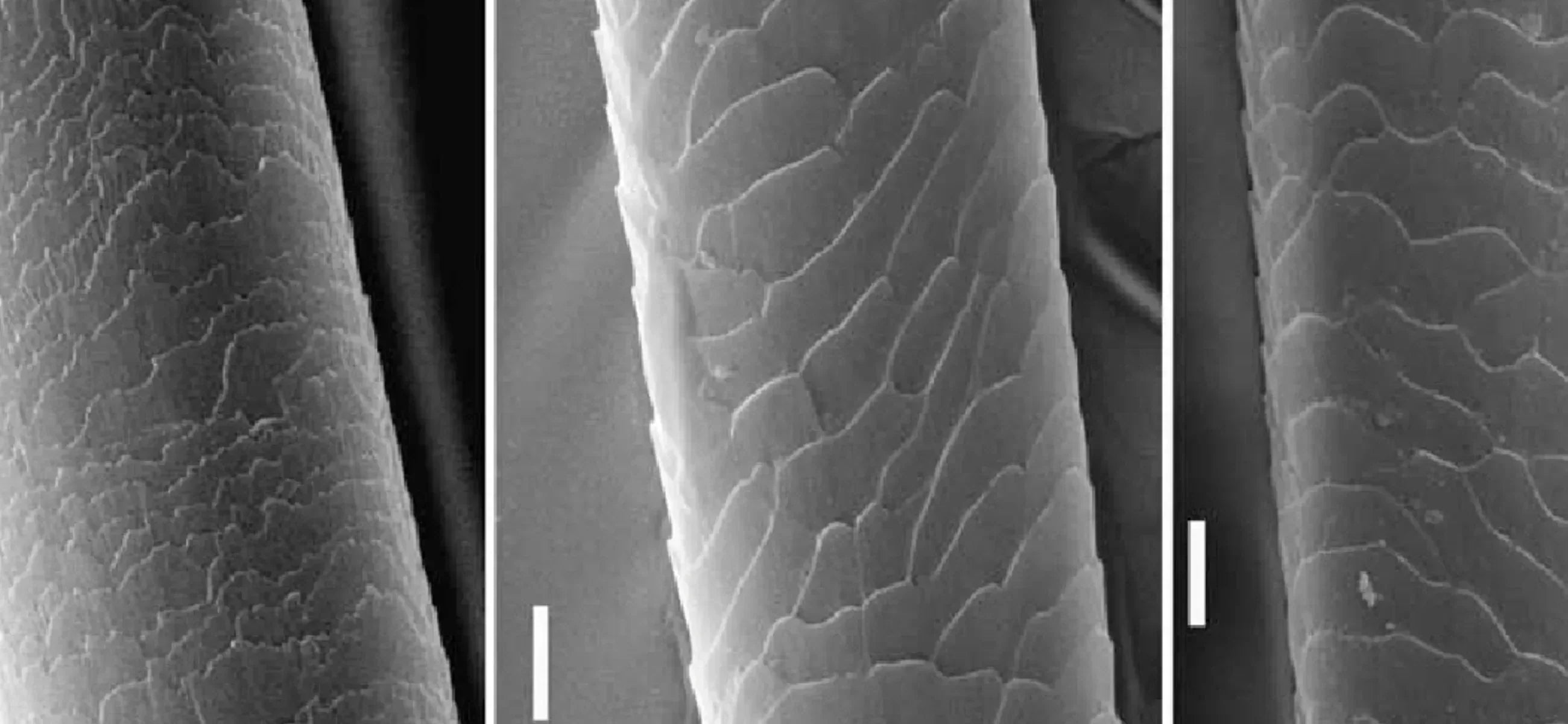
In this article
You’ve seen it before—your best friend, your sister, maybe even you, staring in the mirror, wondering why your hair feels rough, won’t hold a style, or looks frizzy no matter how much product you pile on. At length, it all comes down to the hair cuticle. Understanding your cuticle is the foundation of every good hair day. Right now, the buzz is all about "skinification of hair," with products that are empowered to protect and repair the hair cuticle like a luxury skincare routine.
What is hair cuticle
Think of the hair cuticle as the guardian of your strands which is the outermost protective layer that dictates your hair’s strength, shine, and overall health. Structurally, it’s made up of overlapping scale-like cells, similar to roof shingles. When the cuticle lies flat and intact, hair appears smooth, reflective, and resilient. However, when these scales become raised, chipped, or stripped away due to excessive heat, harsh products, or mechanical stress, the hair loses its ability to retain moisture.
Why you should care about your hair cuticle
Here’s why understanding and protecting your hair cuticle should be at the top of your hair care priorities:
1. It determines how healthy and shiny your hair looks
When the cuticle is smooth and intact, it acts like a mirror, reflecting light and giving hair that enviable finish. But when it’s damaged, those tiny scales lift and create a rough surface that scatters light. Dull and lifeless. If shine and silkiness are what you’re after, your first step is making sure your cuticle stays sealed.
2. It protects against breakage and moisture loss
Think of the hair cuticle as a protective shield. When it’s healthy, it locks in moisture and strengthens hair against everyday stressors. But once it's compromised, your hair becomes vulnerable. This is why deep conditioning, heat protection, and handling are non-negotiables if you want to maintain resilient hair.
3. It affects how well your hair holds color and treatments
Ever wondered why your salon-fresh color fades within weeks, or why certain treatments don’t seem to last? That’s your hair cuticle talking. When the cuticle is too open or damaged, color molecules slip away faster, and treatments don’t penetrate or hold as effectively. The secret to long-lasting color and better product absorption? Keeping your cuticle healthy and sealed with pH-balancing shampoos.
How to define damaged hair cuticles
1. Run your fingers through your hair. Does it feel smooth, or do you hit snags and rough patches? If detangling has become a daily battle, your cuticles might need serious repair.
2. If your strands seem to have lost their natural luster, it’s time to focus on cuticle-repairing treatments like deep conditioners or bond-rebuilding formulas.
3. If your hair feels dry, it could be a sign that your cuticle is too damaged to hold onto moisture.
4. Frizz is one of the biggest indicators of a damaged cuticle. When the cuticle is lifted or broken, humidity seeps into the hair shaft, causing strands to swell and misbehave.
5. If you color your hair, pay attention to how long your shade lasts. A healthy cuticle locks in pigment and keeps your color vibrant for weeks.
How to seal hair cuticle
See the four tried-and-true ways to lock in moisture, enhance shine, and restore your hair’s health.
1. Rinse with cold water to close the cuticle
Let’s talk about your shower routine. While a warm rinse feels luxurious, hot water actually raises the hair cuticle and makes strands more vulnerable to frizz, tangling, and moisture loss. To counteract this, finish your wash routine with a cold-water rinse.
2. Use pH-balancing and acidic hair products
Your hair cuticle responds to pH levels, and the right balance is key to keeping it smooth and intact. Hair naturally has a slightly acidic pH, and using products with a similar acidity helps keep the cuticle closed.
3. Dry your hair with an ionic hair dryer
Heat styling often gets a bad rap, but when done correctly, it can actually help seal the cuticle, especially when using the right tools. Ionic hair dryers emit negative ions that neutralize the positive charge in wet hair, reducing static, smoothing the cuticle, and locking in moisture.
One of the best tools for this job? The Laifen Swift Special Hair Dryer. This lightweight dryer speeds up drying time while minimizing heat damage. If you’ve been dealing with stubborn frizz and dryness, upgrading to an ionic hair dryer like the Laifen Swift Special can make all the difference in achieving a great finish at home.
4. Try lightweight oils and heat protectants
Think of hair oils as the final step in locking everything in place. A nutrient-rich oil like argan oil, camellia oil, or jojoba oil, coats the hair shaft. You can generate a smooth barrier that protects the cuticle and prevents moisture loss.
Should hair cuticles be open or closed
The hair cuticle is all about balance. When washing, deep conditioning, or applying color, the cuticle needs to lift slightly to allow moisture and nutrients to penetrate the hair shaft. But once hair is treated, the cuticle should be sealed back down to lock in hydration, prevent frizz, and maintain shine. A constantly open cuticle leads to dryness, tangles, and rapid color fading, while a cuticle that’s too tightly closed can make it hard for hair to absorb essential moisture and treatments.
How long does the hair cuticle stay open after dying hair
After coloring your hair, the cuticle doesn’t snap shut immediately but remains open for about 48 to 72 hours. During this time, the hair is at its most vulnerable, as the lifted cuticle allows moisture, nutrients, and unfortunately, color molecules, to escape more easily.
Wrapping up
Think of your hair cuticle as the secret weapon to achieving that wanted look because, honestly, it is! When it’s smooth and sealed, your hair stays soft, shiny, and frizz-free. But when it’s lifted or damaged? Say hello to dryness, tangles, and endless bad hair days. Give your cuticle the TLC it deserves.


